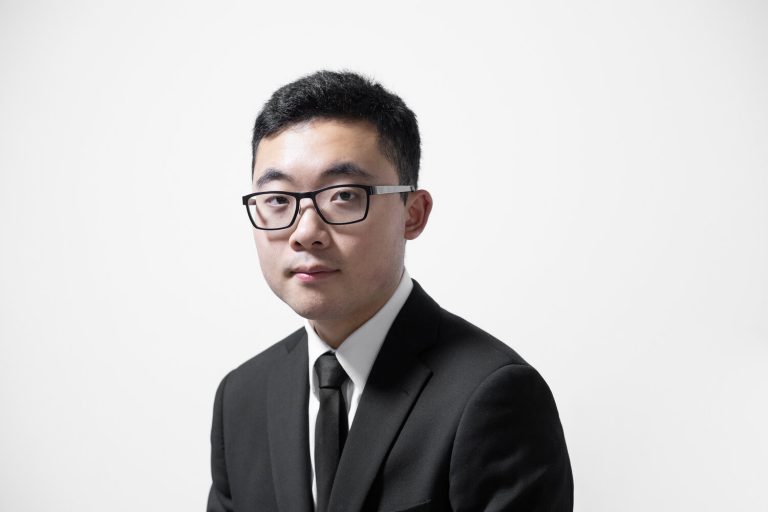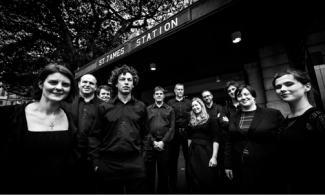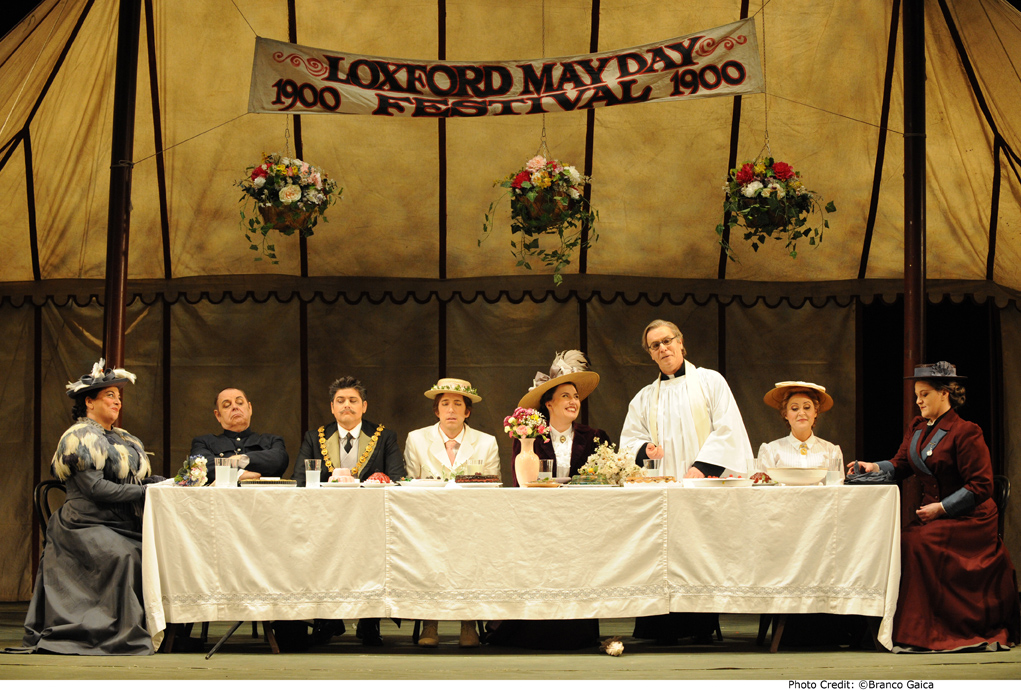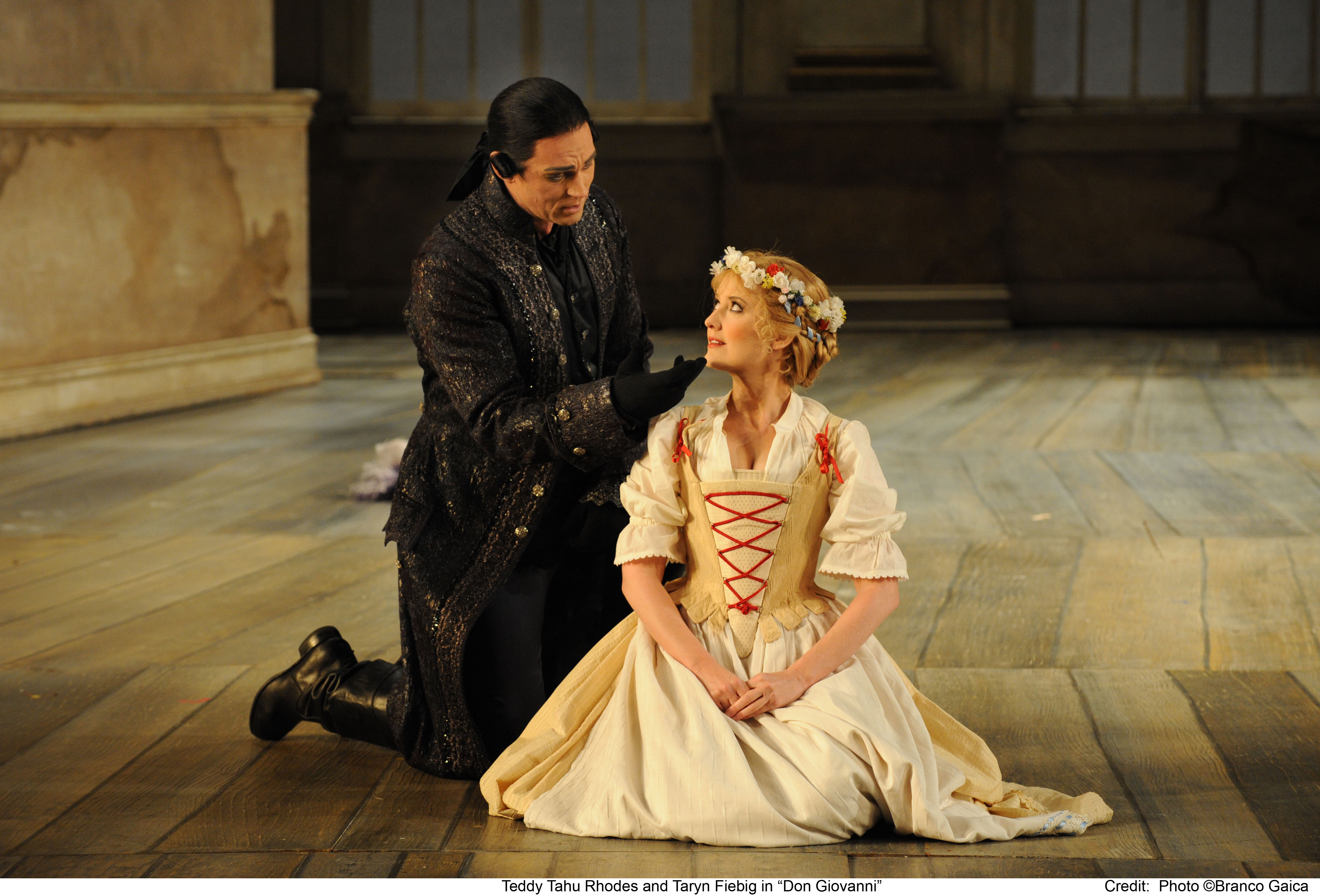Concert Review: Bach Akademie Australia/Obbligato Sonatas
Bach Akademie Australia
J S Bach Obbligato Sonatas
St James Church/ Melbourne Digital Concert Hall
18 June 2021
An elite trio formed by members of the Bach Akademie Australia presented an expert performance of five of the six Obbligato Sonatas, by J S Bach (BVW 1014- 1016, 1018 and 1019), as founding artistic director and violinist Madeleine Easton was joined by fellow ensemble members Neal Peres Da Costa on the harpsichord and Anton Baba playing the cello/gamba.
Regarded as being amongst the most challenging chamber pieces written by Bach, they require exceptional skills from the performers both as individuals and as ensemble players. Easton, Peres Da Costa and Baba instantly transported us to a higher plane with this ambitious programme eloquently executed.
Bach’s Obbligato Sonatas for violin and harpsichord, are distinctive for their treatment of the harpsichord part. Not content to give the keyboard player their own improvisatory “filling-in” voice through interpretations of a figured bass, as was the practice, Bach was far more prescriptive in this anthology. He wrote out nearly all the keyboard parts in these pieces, creating two upper voices from violin and harpsichord over a bass line, also from the harpsichord and optional viola da gamba/cello.
What does this mean? It means that the upper line of the harpsichord must be an equal partner with the violin, neither dominating as soloist nor a receding as accompanist. The gamba/cello is no less important as it provides harmonic context and thickens the texture, alternately supporting and actively contributing to the conversation.
These trio sonatas explore a spectrum of emotions, rich and inventive. BWVs 1014 to 1018 follow a four-movement slow-fast-slow-fast sequence. Bach reverses this pattern in BWV 1019 and interpolates a brilliant harpsichord solo as the apex, as if to triumphantly underscore his message: “Look at what I’ve done to show off the soloistic beauty of the harpsichord!” Whilst the faster movements are buoyant and uplifting, the slow movements are of special interest because many are written in more than three parts, virtually turning the trio into a quartet.
Easton’s introductions to each sonata on the evening, outlining her own insights as well as quotes from musicologist Rita Steblin, describing the keys of each sonata and the responses they evoke, were most welcome. Easton’s program notes and commentary are always enriching and pass the “Tell- me-something-I-don’t-know” test with flying colours.
Playing her 1682 Giovanni Grancino violin, Easton and her colleagues opened the first Sonata, BWV 1014 in B minor, with supreme control in the long-bowed Adagio. Steblin describes B minor as the key of “patience, calm…submission to divine inspiration”. As Easton pointed out, this is the key Bach chose for his monumental Mass, BWV 232. The long lines recurred in the weeping third movement Andante. The Sonata BWV 1015 is in A major, “innocent love, hope, trust in God and youthful cheeriness” opening with a free-flowing optimistic Andante followed by a motoric and virtuosic Allegro.
The third in the series, the Sonata BWV 1016 in E major turns up the octane and takes us to “noisy joy and laughing pleasure.” The free-flowing cantabile of the Adagio is a meandering ornamented line which takes us to a merry Allegro. The third movement Adagio ma non tanto was a delight, especially played with elegant phrasing and lyricism.
The Sonata BWV 1018 in F minor, says Steblin, is one of “funereal lamentation, longing for the grave, humility and passion,” expressed poignantly in the lingering and complex harmonies of the opening Largo, the jaunty Allegro, and the final Vivace in the form of a gigue triumphing over death, despite its minor tonality.
Finally, the crowning glory, the Sonata BWV 1019 G major, conveying “everything rustic, idyllic and lyrical…every gentle and peaceful emotion of the heart.” However, its unconventional five movement fast-slow-fast-slow-fast construction is heart-stopping rather than calming with Peres Da Costa’s thrilling central three-part invention for solo harpsichord.
It takes, vision, passion and courage to program the Obbligato Sonatas, specialist skill, understanding and stamina to perform them with distinction. It was a vital and impressive accomplishment in Sydney’s music calendar.
Shamistha de Soysa for SoundsLikeSydney©
Image courtesy Melbourne Digital Concert Hall.








Your point of view caught my eye and was very interesting. Thanks. I have a question for you.